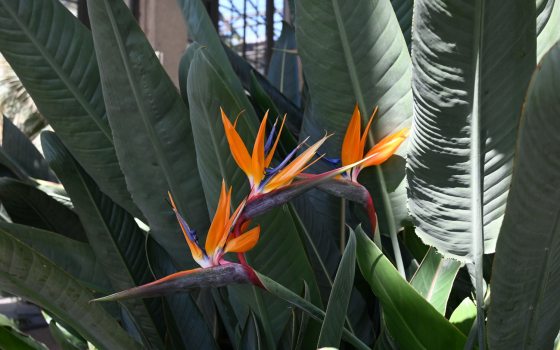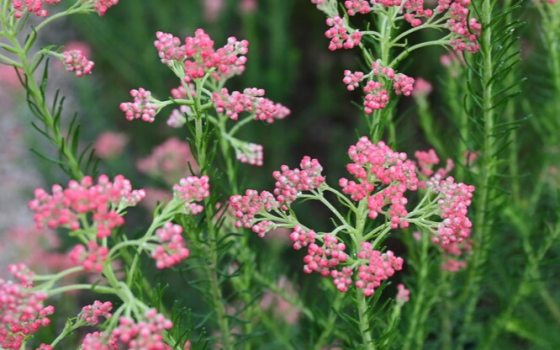The plants and trees of Longwood, with the allure of their ephemeral beauty, bring us together to experience a spectacular ensemble of gardens and landscapes.
When we visit, we are united by the memories we share, by the stunning surroundings, and by the living network that is here for everyone to enjoy.

